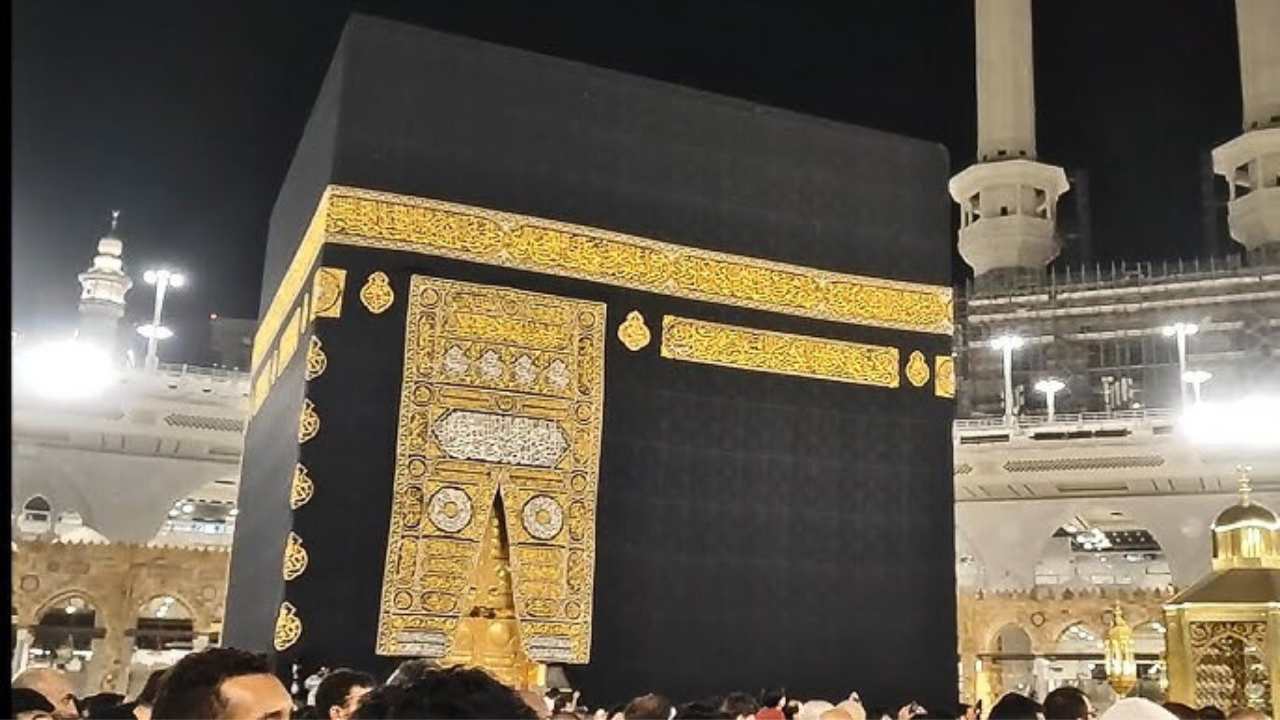In Islam, modesty is an important facet of faith, and many Muslim women opt to cover their hair as part of their religious practice, most commonly by wearing a hijab. The decision to cover or not is extremely personal and influenced by individual opinions, cultural conventions, and society expectations. It is difficult to be a Muslim woman in the Western world. The increase of contemporary feminism is leading to diverse intellectual and social influences urging the abandonment of long standing Islamic traditions.
The term commonly used for the Muslim veil is 'Hijab' but the Arabic word originally refers to the concept of modesty. The word Hijab commonly associated with the Muslim veil, the term in Arabic actually has a wider meaning related to hiding or covering up. Although the Quran includes reference to 'hijab' multiple times, it is crucial to acknowledge that it does not specifically use this term when discussing the attire guidelines for Muslim women.
We have some answers with reference of this question that why do muslim women cover their hair?
Lets discuss in detail!
Why do muslim women cover their hair?
“And tell the believing women to reduce (some) of their vision and guard their private parts, and not expose their adornments except that which (necessarily) appears thereof. Let them draw their veils over their chests, and not reveal their hidden adornments...” (Quran 24:31)
Muslims women are required to cover their hair in public. On the contrary, the Quran employs the term “khimar,” which precisely signifies ‘headcover.’ These lines advise women who believe to cover their chests with head covers (khimar). The verse emphasizes that women must not only wear a headscarf for the purpose of covering their head, but also wear it in a specific manner.
It is a blessing from Allah that he has shown us the proper etiquette for society. In those teachings, he has required a specific attire for both males and females. Yet, many Muslims are beginning to question the Islamic dress code for women, especially due to the growing pressure from the modern fashion industry. We have noticed numerous individuals debating that women are not required to cover their heads known as wearing Hijab.
One common argument used to support this stance is that the verse mentions covering the chest without specifying covering the hair.
Another point that is often made is that the term hijab, now commonly associated with head scarves, does not actually refer to the headscarves in the Quran.
Another point to consider is the belief that the topic of women covering their hair can be understood in various ways, leading to a legitimate scholarly debate on whether it is mandatory or simply suggested.
Do Muslim Women Cover Their Hair?
None of the above mentioned points are convincing. In Islam, it is mandatory for women to cover their hair and they are considered sinful if they do not, unless there are exceptional circumstances that allow for an exemption.
Although the term hijab is frequently used to describe the headscarf today, the Quran originally used the word khimar. Understanding that the term refers solely to a headscarf is crucial, as it does not encompass any other clothing item. It cannot denote a scarf worn around the neck or a shawl covering other body parts.
The term khimar, which refers to a headscarf, is akin to the word 'hat'. Both are worn to protect the head. So if someone said, "ensure your hat covers your ears," the implication would be that the head is also covered because that is the purpose of a hat.
If someone were to suggest that dangling a hat of each ear could satisfy what was said by the speaker because the head was not specifically mentioned, it would be considered absurd. Similarly, there are those who believe that the verse instructs women to wear a headscarf only to cover their chest and not their entire head. This response should be satisfactory for those questioning where Allah instructs women to cover their hair in the Quran.
Someone could inquire about the reason why Allah chose to communicate in this way. Why did he not simply state clearly that the Women must cover their hair, so there would be no confusion among people nowadays?
To address such a question, one must comprehend the historical background of the Quran's revelation. In numerous regions across the globe, women traditionally veiled their hair.
In Arabia, people wore headscarves to cover their hair and then let the end drape behind their shoulders. The verse explained to women that Modesty requires covering the chest area along with the headscarf to ensure proper coverage.
Because women were already veiling themselves, there was no necessity to instruct them to do it again. The situation is like a company instructing its staff to button up their shirts all the way up to prevent any exposure of the upper chest. Employees are expected to wear shirts that cover their back, stomach and chest at work, as it is widespread practice. Explaining this rule would be redundant for these individuals.
Another perspective to consider is examining the potential consequences of the opposing viewpoint. Multiple individuals debating that the term ‘chest’ mentioned in the verse is referring to women's breasts.
The belief is that Arab women used to go out in public without covering their breasts and the verse is instructing them to cover up.
In the event that this were true, and if the line specified only covering the chest, as some argue, then the remainder of the line would pose significant issues.
Do muslim women have to cover their hair?
The Quran explicitly stated that, “tell the believing women to draw their headscarves over their chests except in front of their husbands, their fathers, their husband’s fathers, their sons, their husband’s son, their brothers or their brother’s son, or their sister’s sons…”
This passage suggests that a female does not have to conceal her chest in the presence of all the mentioned male relatives. Those who present such a claim may not be at ease with that outcome.
No Muslim scholar has made a different argument about women covering their hair in public for at least a thousand years after the Quran was revealed. Additionally, no Arabic language expert has ever claimed that khimar is anything other than a head covering.
This is important because it suggests that individuals who argue that a headscarf is not obligatory have found something that Muslims have not realized before. There has been no legitimate scholarly discussion in the past and it is highly improbable that something as important and public could have been completely misinterpreted for such a lengthy period.
There is a higher likelihood that individuals who do present such an argument are, whether on purpose or not, employing intellectual contortions to 'reinterpret' the Quran in a way that is not accurate.
Adhering to the principles of Islam is optional. Decisions should be based on correct information. It is anticipated that this explanation elucidated the true meaning of the Quran regarding this matter.
**Read again for more acknowledge What happens if a Muslim girl shows her hair **





